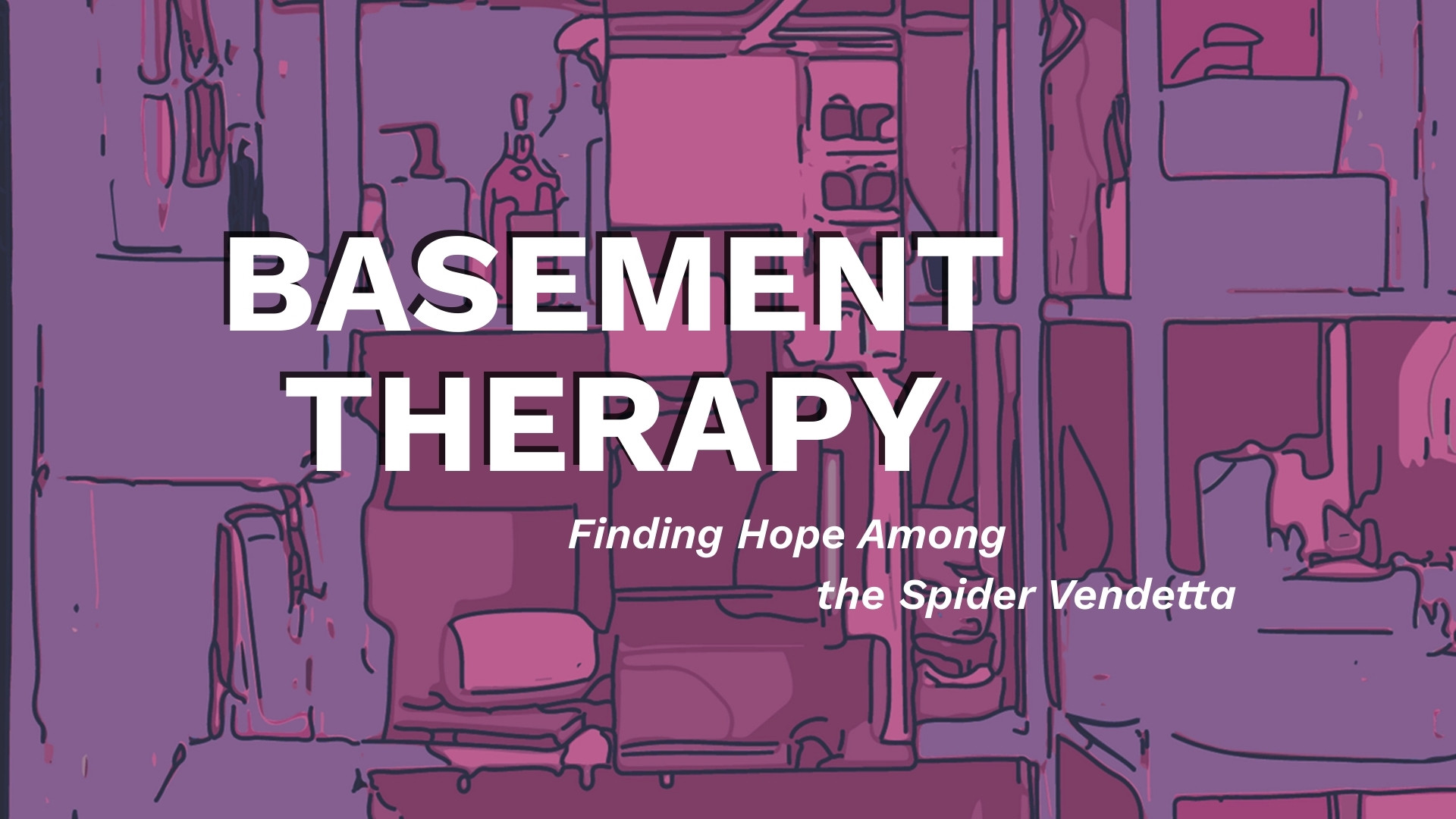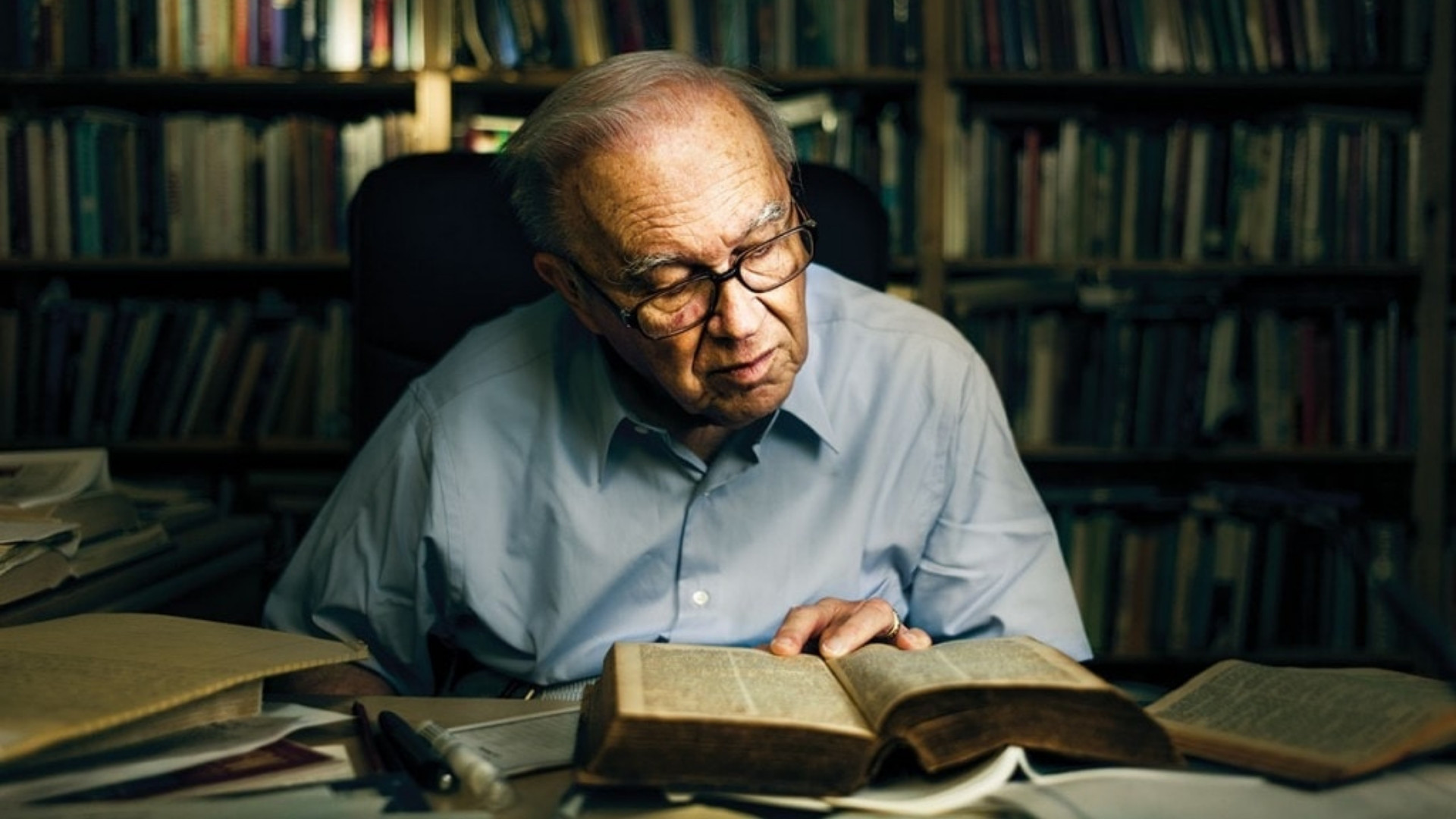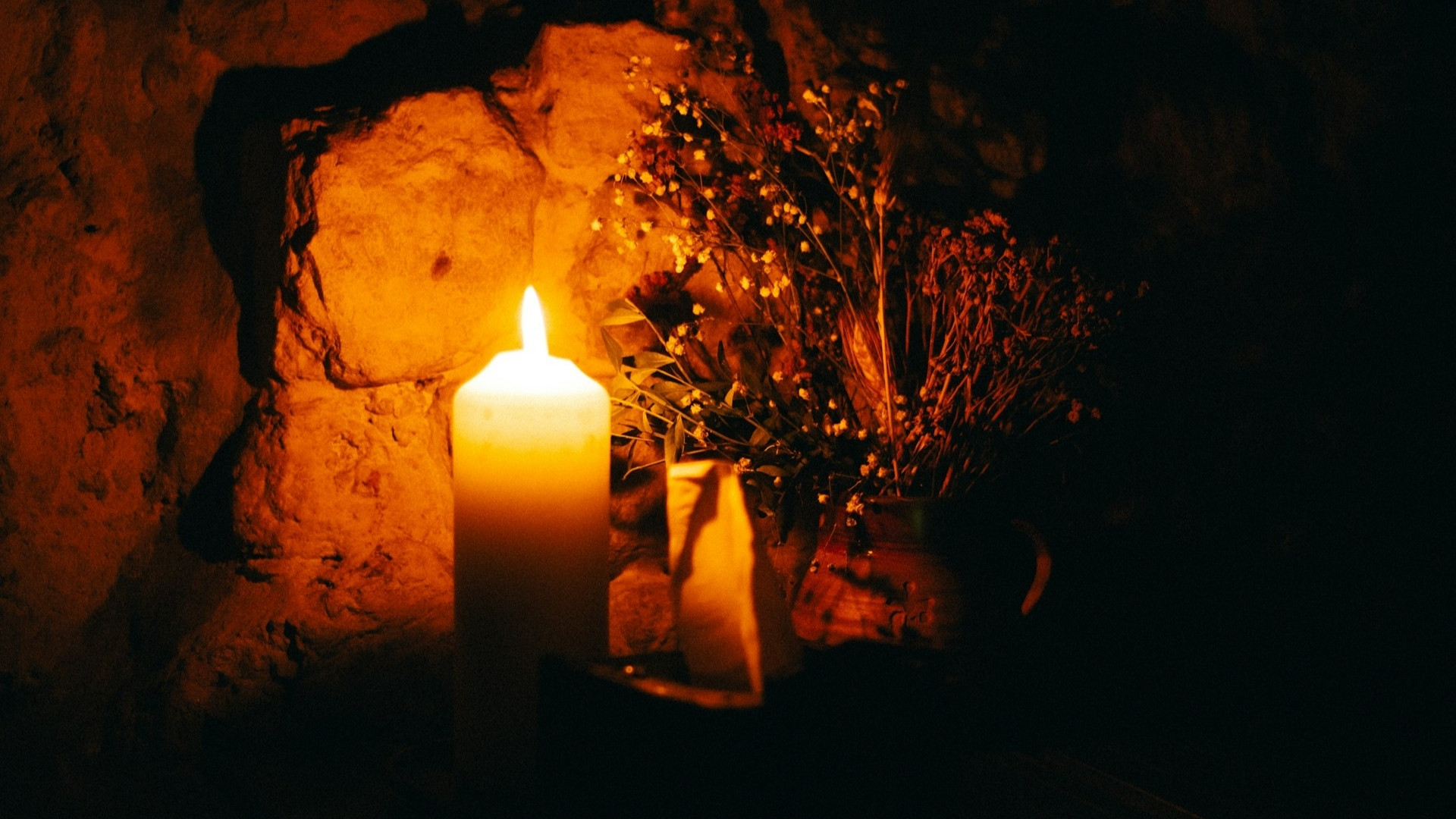By Stan Friedman
KANDAHAR AIRFIELD, AFGHANISTAN (July 9, 2013) – More than 200 military personnel stood at attention along the tarmac at Kandahar Airfield as five vehicles, each carrying a casket draped with an American flag, slowly proceeded past them on the sweltering August afternoon.
At the front of the processional was U.S. Army Chaplain Major John Grauer, an Evangelical Covenant Church minister. He had arrived in Afghanistan only a week before, and now he was sending the five men home in caskets.
The vehicles stopped at the appointed place behind the ramp of the C-130 transport plane. Grauer read from Isaiah 43:1-5, which includes the words, “I have summoned you by name.” He then read a brief biography of each of the deceased.
A prayer followed thanking God for the courage he had given each of the men and asking that their comrades would be comforted. “Amazing Grace” was played and “Taps” sounded.
Each casket was then lifted by eight pallbearers who carried it at shoulder height. They moved deliberately to a called cadence up the ramp into the plane, where Grauer said a final prayer before the aircraft flew to Dover Air Force Base with the remains. Another dignified transfer would be held there.
Grauer chokes up more than once while talking about that day and the too many others like it. In his first five months in Afghanistan, he led 22 dignified transfers, three of them on three consecutive days.
Military chaplains consider them among the most difficult and most important parts of their deployments. The transfers honor the fallen and help those who fought beside them to move forward, says Navy Chaplain Lt. David Kim, a Covenant minister.
“If operationally feasible, the dignified transfer is supposed to happen whenever the body of a service member is moved,” Kim says. There is no set “liturgy” though the transfers are more formal when the caskets are carried onto the transport planes and then again when they are off-loaded at Dover.
“It can simply be rendering a salute as the body is transferred during every leg of the movement to his or her final resting place, but when a chaplain is available, they will also offer a prayer or participate in the transfer.”
The remains of military killed in the field generally are transferred first by helicopter. “All available hands would line up between the Battalion Aid Station, where the remains were kept, to the landing zone,” says Kim. “I would lead the procession out and say a prayer and benediction before they took off. Obviously, no one could hear it over the rotors, but it was done anyway.”
Kim adds, “Though not part of the dignified transfer itself, I would say a prayer in the Battalion Aid Station before the helo landed for those gathered there, friends who would be the litter bearers out to the helo. The service wasn’t as polished, but it was deep and rich because these were their brothers in arms, those closest to them in the hellish place they fell.”
To see more photos go to Military Chaplains’ Call of Duty gallery.













